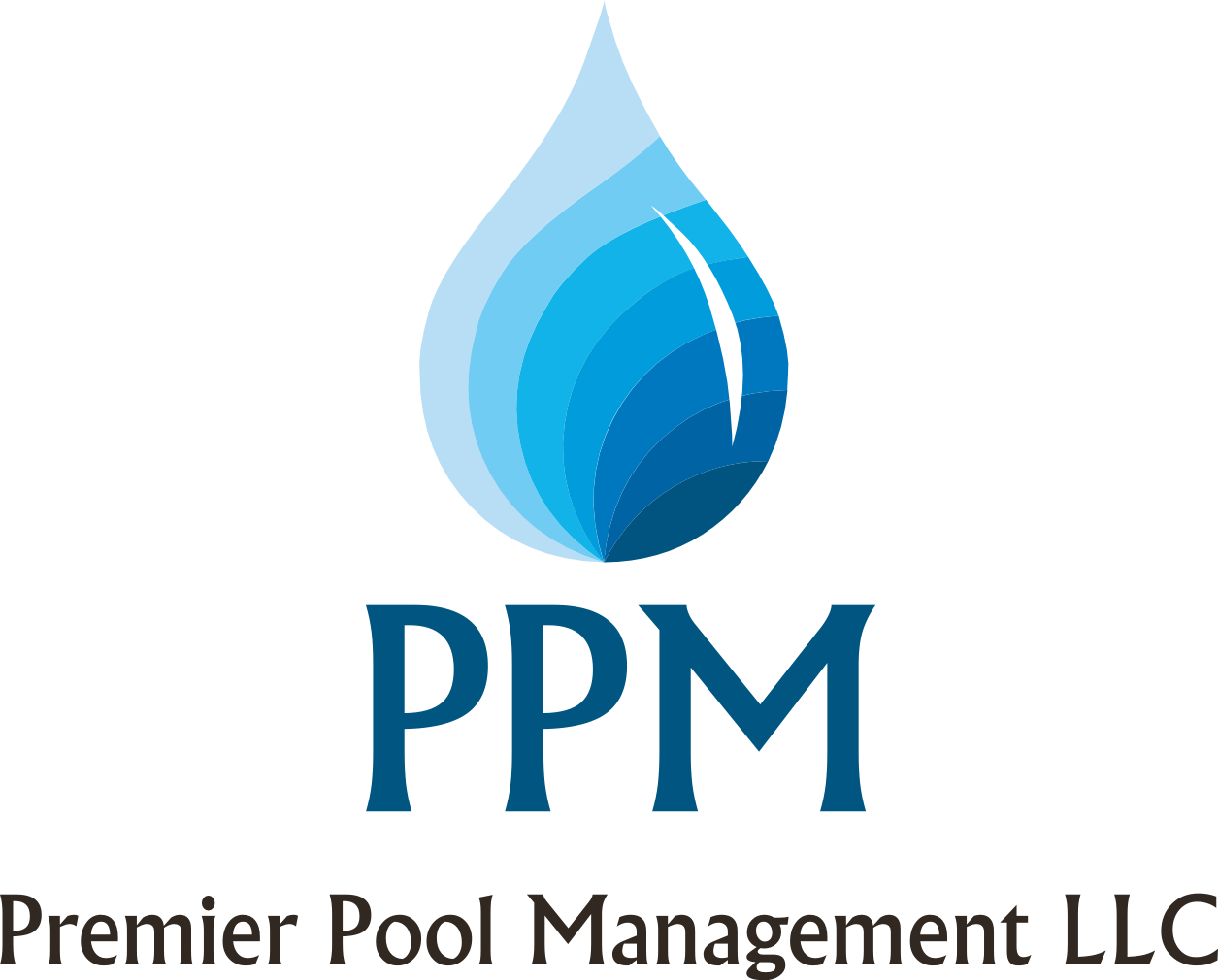While touring the exhibit and vendor's hall at a recent aquatic management conference, we stumbled onto a product that we had heard of, seen installed at clients' pools, but had no direct experience working with. Appearance-wise, it had a PLC control box/cabinet similar to a VFD or UV, a strange cylinder inside the cabinet, and some flexible poly tubing coming out. Our brains went directly to ozone, but as we approached it became clear this was not ozone. In talking with the rep he informed us that it was an AOP device...a device that created hydroxyl radical gas (a strong oxidizer and disinfectant) in the cabinet then "pumped" that gas (our description, not his) into a small bypass loop on the pool return line. So, it was plumbed similarly to ozone and works with a gas that is somewhat similar to ozone, but it is not ozone. In regards to the loop, the loop stream is purely to facilitate the venturi induced vacuum/suction to pull or draw the gas into the water line. The water in the return line DOES NOT flow through any "chamber" or "box". The venturi loop flow pulls the gas out of the clear flexi tubing and then returns the hydroxyl-radical filled water back to the main pool return line. The radicals are reportedly very short lived and completely depleted by the time the return water gets back to your tank.
There are several companies here in the US that make some form of this equipment. Each take a slightly different approach and have their own unique reasons why their approach is best.
So, what does it do? Reportedly, it kills Crypto with alarming ease ... something chlorine struggles to do, even with high concentration and significant contact time. Note however -- this is supplemental sanitation, ie, point sanitation. If it kills Crypto, it shouldn't surprise anyone that this equipment is also said to destroy bacteria, viruses, and other protozoa. It also is slated to destroy disinfection by-products (DPB's), chloramines, and reportedly offers chemical cost savings by not destroying free available chlorine like some UV is suspected to do.
A Case Study
We are aware of a pool that struggles with its chloramine levels throughout the day with many children, campers, swim lessons, swim teams, etc. The pool has medium pressure UV installed and the UV is a workhorse in helping to manage the chloramines. Once the pool has a chance to sit empty (no organic load) for a couple hours, the chloramines drop back down to 0.0. But when the pool is slammed for 8 hours straight, the chloramine levels can at times exceed the legal limit in that jurisdiction. The pool operator is seeking an additional point sanitation solution to assist with additional chloramine destruction, and AOP was chosen.
A/B Test
The operators know how the UV is currently performing. Once the AOP unit is installed, for testing purposes, we recommended to run the AOP individually WITHOUT the UV running to see if it can offer similar or better results in chemical consumption and chloramine destruction under similar organic load. Once results are obtained, the operator's long term plan is to run it in tandem with the UV and we hope to observe that chloramines are reduced during the high activity times such that the customer doesn't approach or exceed legal limits. Depending on results in both chemical costs/savings and chloramine destruction ... the pool owner will determine whether to abandon the UV and run solely with AOP, or whether both units need to be operating for best results. The AOP unit has been offered with a trial period and if it does not aid the situation it can be returned for a refund, minus the cost of installation.
Check back in a couple months for the results of the study...
